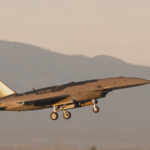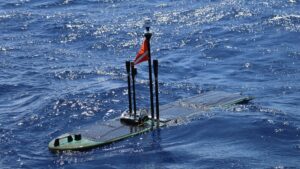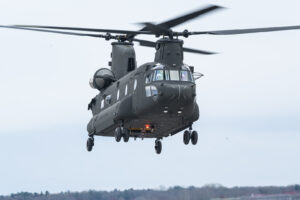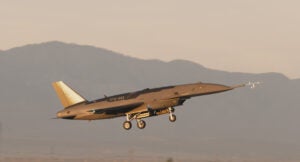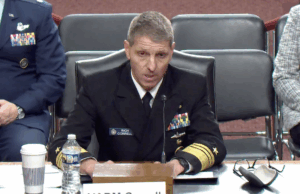
The U.S. Air Force has awarded Lockheed Martin [LMT]'s missiles and fire control segment in Orlando, Fla., a $240 million contract for the development, test, and integration of the company's AGM-158D, 1,000 nautical mile “extreme range” Joint Air-to-Surface Standoff Munition (JASSM). "Work will be performed in Orlando, Florida, and is expected to be completed Feb. 1, 2025," the Pentagon said in a June 1st contract announcement. The AGM-158D is to have new wing and chine designs and “software updates for…





